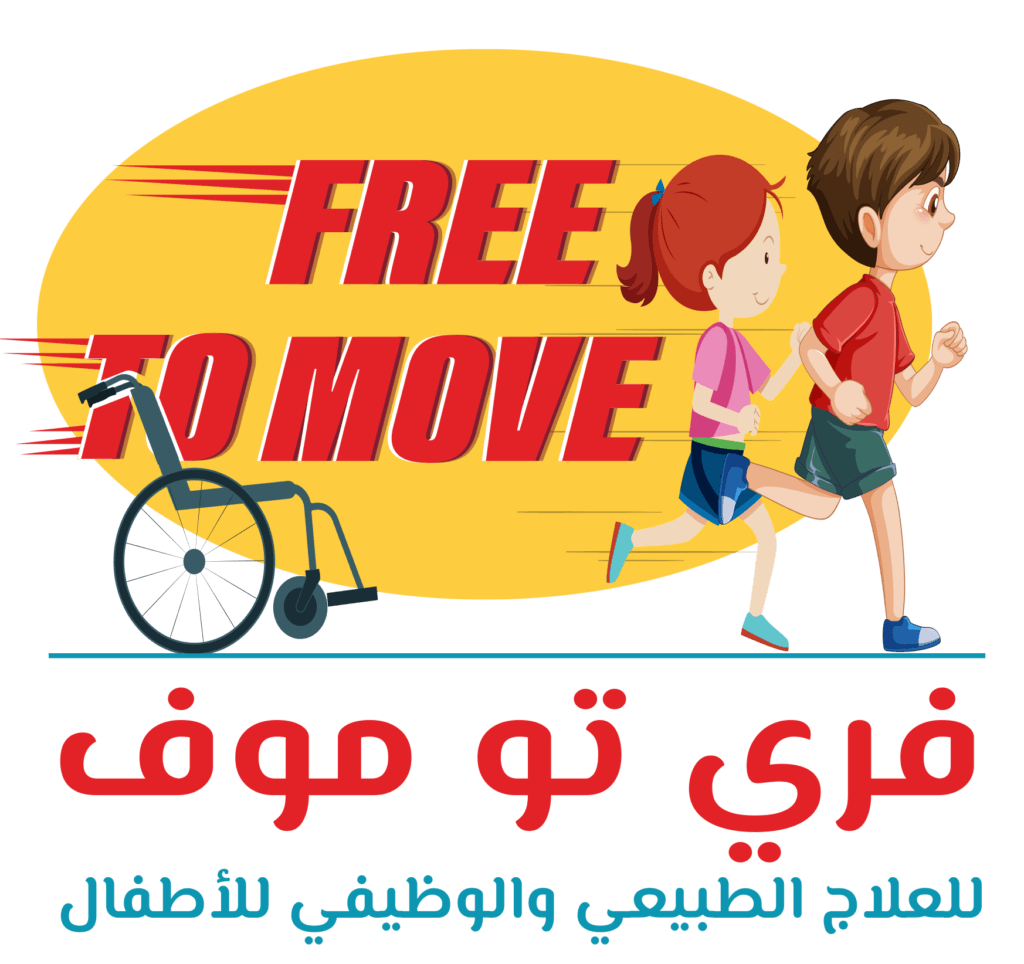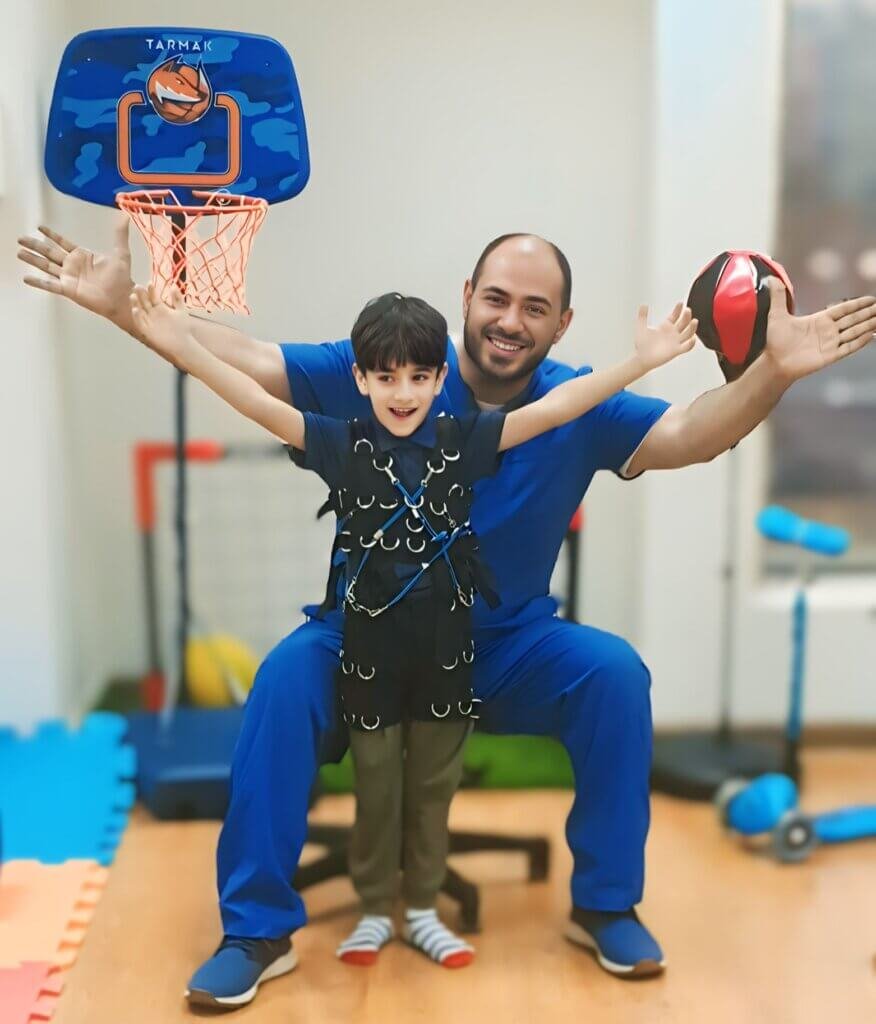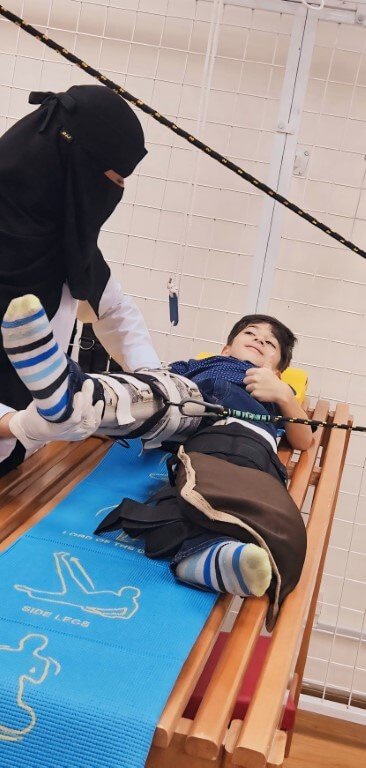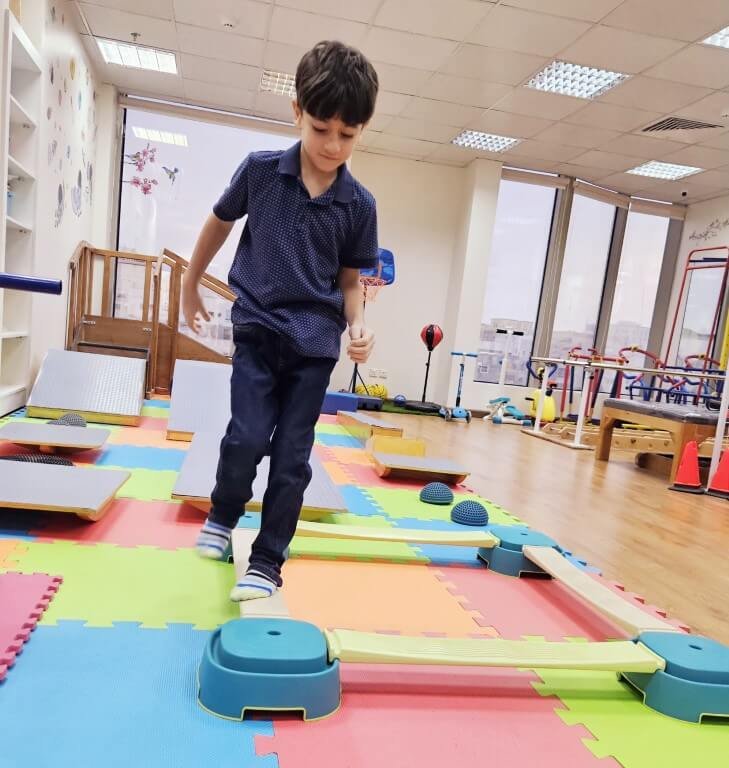
- Improves balance: The spider cage helps the child learn how to maintain his balance, which leads to improved self-confidence and the ability to move independently. It helps to draw motor memory for the central nervous system by stimulating the vestibular system.
- Muscle strengthening: The cage provides resistance to the muscles during movement, which helps strengthen various muscles of the body, especially the muscles of the legs, back and shoulders.
- Improve range of motion: Helps increase range of motion in joints, reducing stiffness and stiffness and achieving self-reliance and good control of movement.
- Developing motor skills: Helps the child perform different motor skills from various positions, leading to the development of basic motor skills such as crawling, standing and walking.
- Sensory integration: Helps improve a child's sensory integration, enhancing their ability to understand and interpret sensory information.
- Increased self-confidence: The cage provides support for the child, which enhances his self-confidence and increases his sense of independence.
The spider cage helps in treating children, especially after surgeries such as tendon lengthening, by lifting the body and reducing partial weight by percentages ranging from 20% to 40%. It is similar to hydrotherapy, as it supports the body with partial load on the joints and allows for wide range of movements in different directions.
